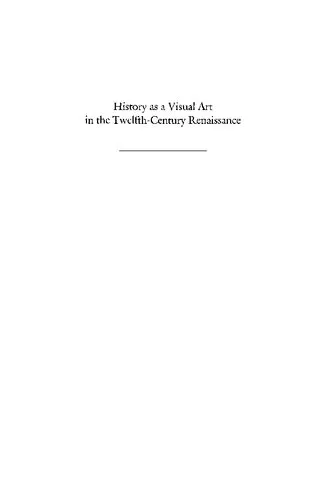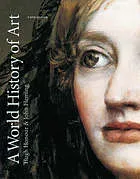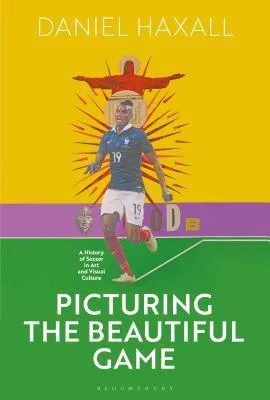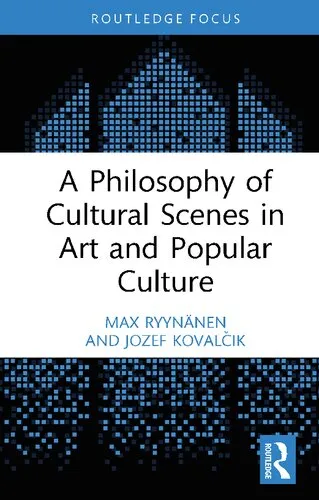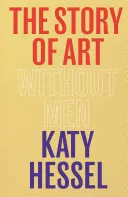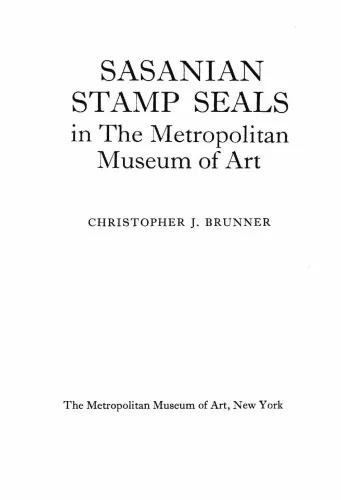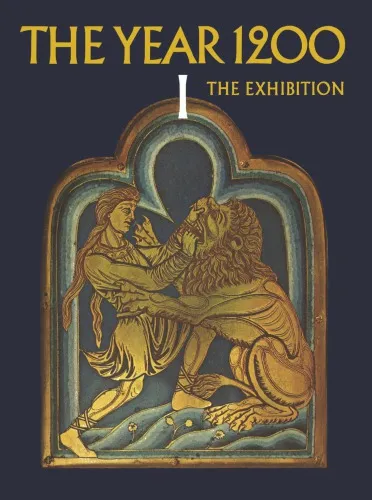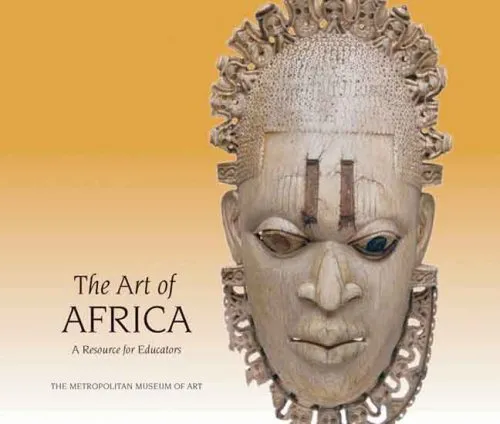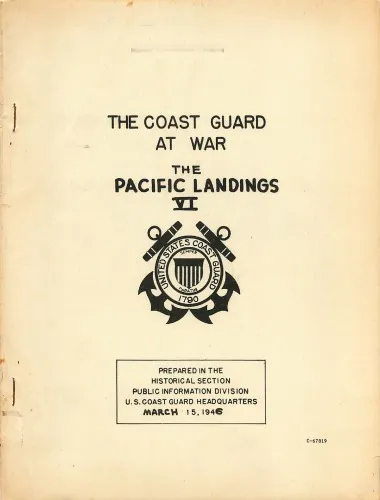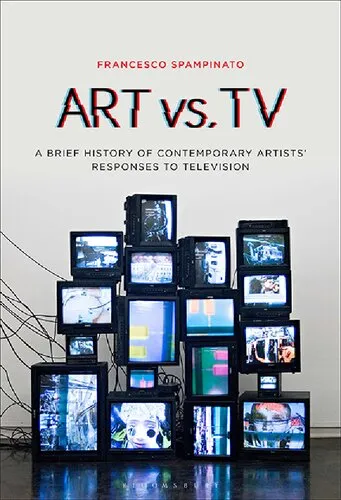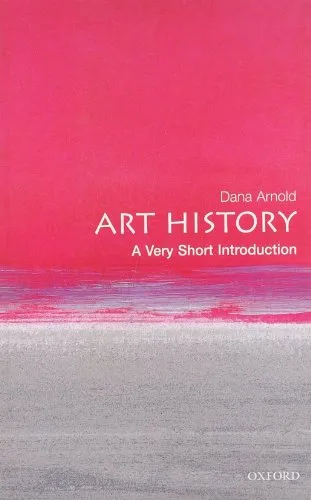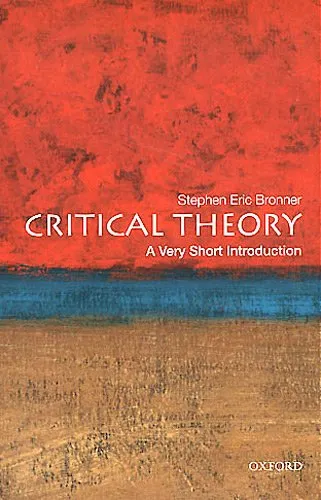History as a Visual Art in the Twelfth-Century Renaissance
4.3
Reviews from our users

You Can Ask your questions from this book's AI after Login
Each download or ask from book AI costs 2 points. To earn more free points, please visit the Points Guide Page and complete some valuable actions.Related Refrences:
Karl Morrison discusses historical writing at a turning point in European culture: the so-called Renaissance of the twelfth century. Why do texts considered at that time to be masterpieces seem now to be fragmentary and full of contradictions? Morrison maintains that the answer comes from ideas about art. Viewing histories as artifacts made according to the same aesthetic principles as paintings and theater, he shows that twelfth-century authors and audiences found unity not in what the reason read in a text but in what the imagination read into it: they prized visual over verbal imagination and employed a circular, or nuclear, spectator-centered perspective cast aside in the Renaissance of the fourteenth and fifteenth centuries.
Twelfth-century writers assimilated and transformed a tradition of the conceptual unity of all the arts and attributed that unity to the fact that art both conceals and discloses. Recovering that tradition, especially the methods and motives of concealment, provides extraordinary insights into twelfth-century ideas about the kingdom of God, the status of women, and the nature of time itself. It also identifies a strain in European thought that had striking affinities to methods of perception familiar in Oriental religions and that proved to be antithetic to later humanist traditions in the West.
Originally published in 1990.
The Princeton Legacy Library uses the latest print-on-demand technology to again make available previously out-of-print books from the distinguished backlist of Princeton University Press. These editions preserve the original texts of these important books while presenting them in durable paperback and hardcover editions. The goal of the Princeton Legacy Library is to vastly increase access to the rich scholarly heritage found in the thousands of books published by Princeton University Press since its founding in 1905.
Free Direct Download
You Can Download this book after Login
Accessing books through legal platforms and public libraries not only supports the rights of authors and publishers but also contributes to the sustainability of reading culture. Before downloading, please take a moment to consider these options.
Find this book on other platforms:
WorldCat helps you find books in libraries worldwide.
See ratings, reviews, and discussions on Goodreads.
Find and buy rare or used books on AbeBooks.
1284
بازدید4.3
امتیاز0
نظر98%
رضایتReviews:
4.3
Based on 0 users review
Questions & Answers
Ask questions about this book or help others by answering
Please login to ask a question
No questions yet. Be the first to ask!
